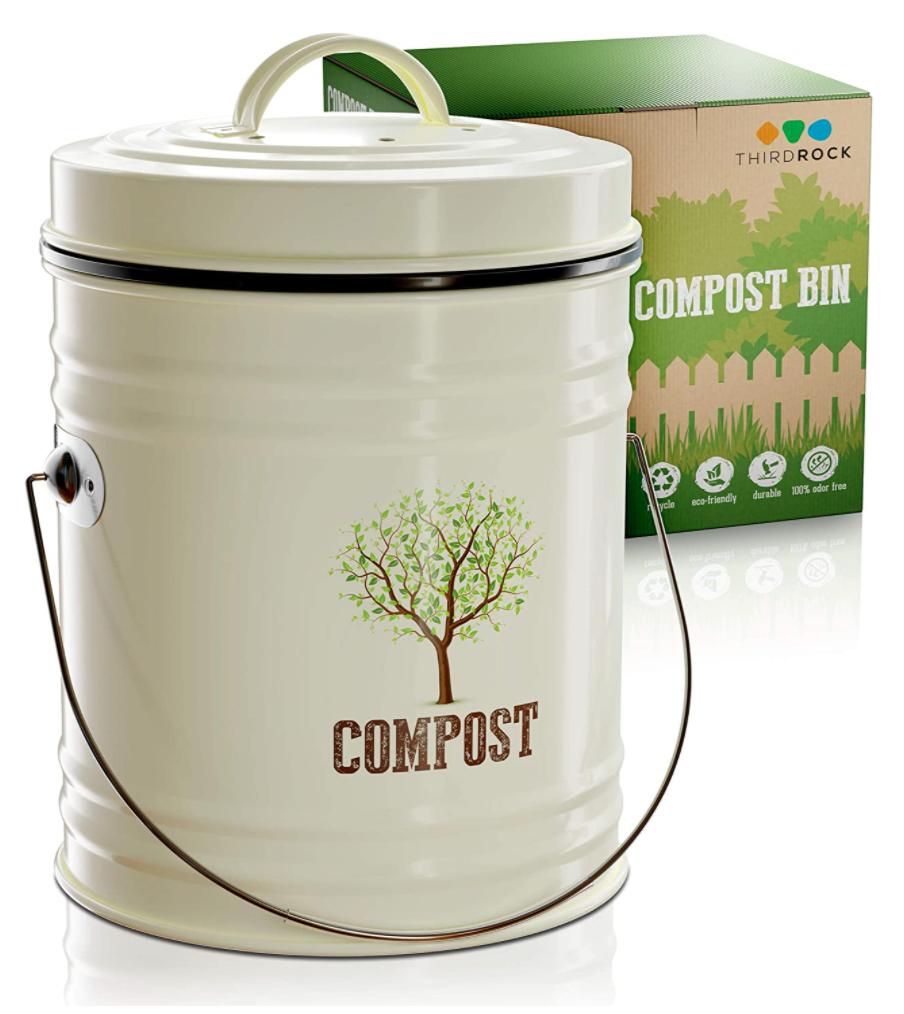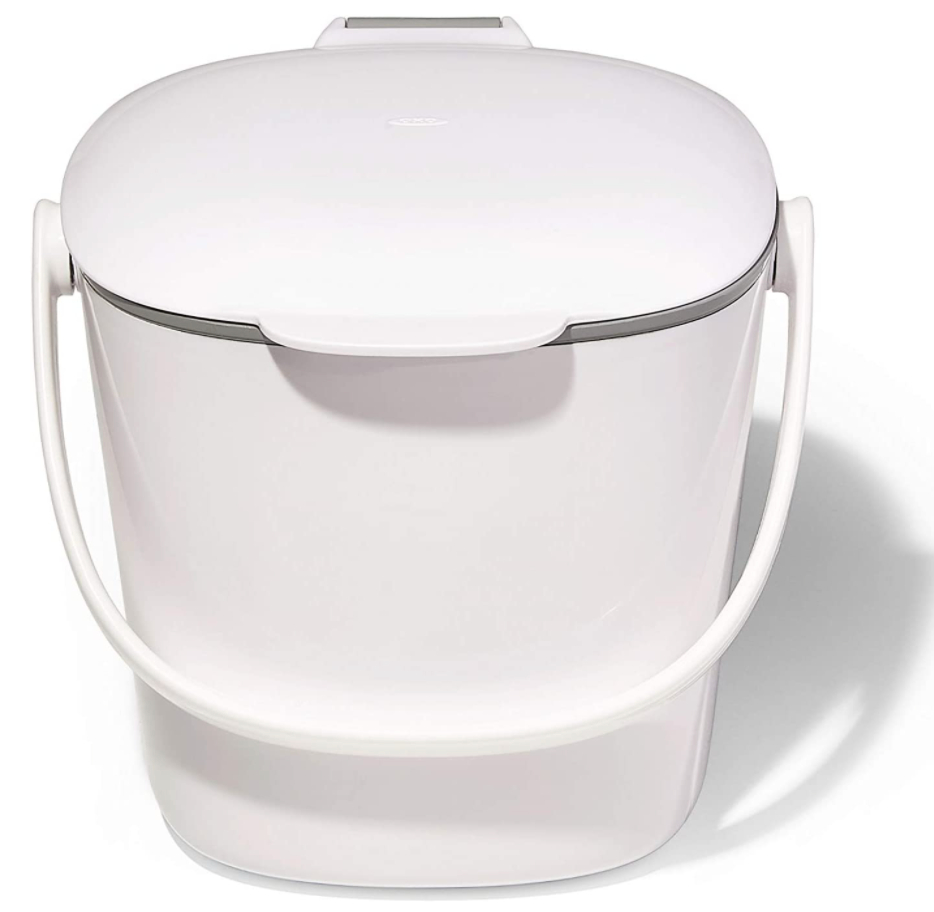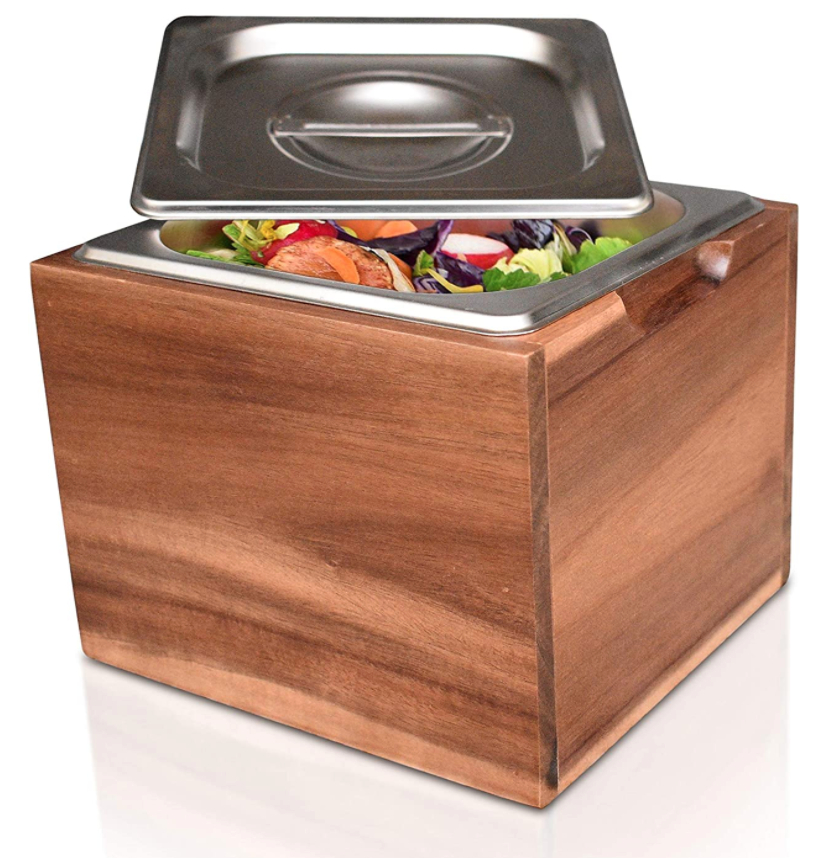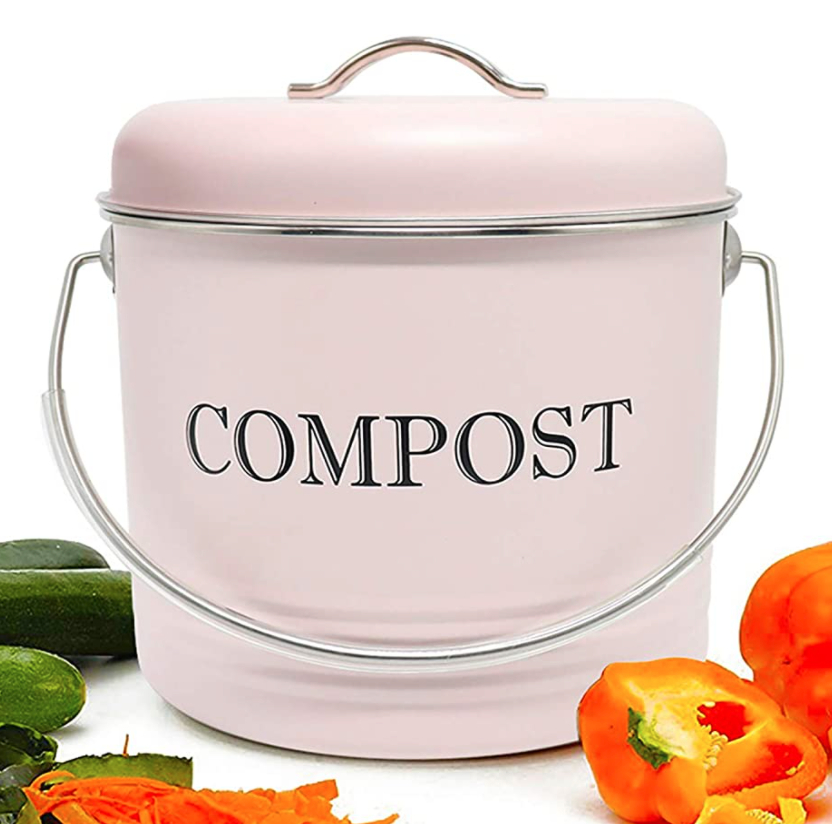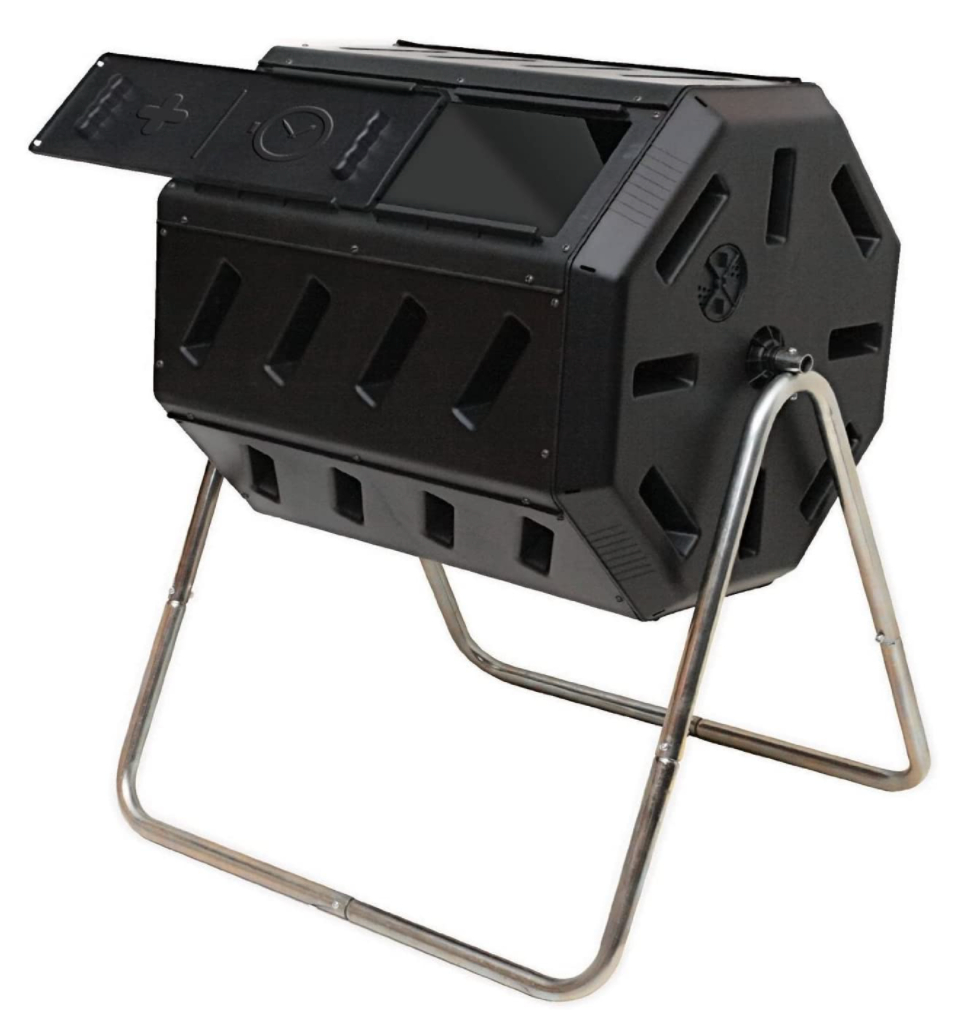Have you ever cringed when you had to throw something out? I always buy a huge bag of spinach at Aldi and it gets so gross in about a week. Composting these scraps is good for two main things: freeing up space in your fridge and helping the environment.
What is composting, exactly? I’m sure you’ve heard about it because it’s really trendy right now, but you may not have been able to sit down and do the research required for it. No worries, I’ve got you. Composting is like all-natural recycling. You take all the greens and browns in your life and you make a compost pile of them (sounds so yummy). Think about all the coffee grounds, eggshells, dead plant leaves, hair, tea bags, and big bags of spinach that you throw out every day. You can put those all together and create better soil for your yard!
A compost pile will break down into soil (some people call it black gold) that will retain moisture, suppress plant diseases and pests, and help your plants grow!
So how do you do it? Well, there’s no right way to compost (if you’re paying close attention, this also means there’s no wrong way to compost either). There are so many different ways people compost, so let’s (get ready for a pun) break them down.
Backyard Composting
This is obviously for someone with a yard, but don’t worry apartment dwellers, your time will come. Composting in your yard makes a ton of sense because the benefit of composting is in the soil.
To compost in a yard you need to find a dry and shady spot for your pile, put all of your brown and green materials in the pile (chop them up if they’re super big and clunky). Remember that the goal of this pile is to get broken down, so you want to make that as easy as possible. You are going to want to keep this pile super moist, so if you’re adding dry elements like newspaper clippings or cardboard you might want to wet them before you put them on the pile. After that, cover it with a tarp to keep it moist and wait anywhere from two months on until it’s ready to use! You’ll know it’s ready when it looks like dark and rich soil.
Indoor Composting
This is for anyone who might live in an apartment or even if you have kids that you don’t trust not to get into your pile. To compost inside you need a bin. Here’s one on Amazon, but they’re literally everywhere. I love this one because it looks like something you’d find at an antique store. This one is stunning if you have more of a professional kitchen look. I also really love this one because it’s super cute. There are also bins for outside composting if a free-standing pile isn’t really your thing. This one looks like an outdoor grill and gives me major summer vibes. If you’re keeping your compost in a bin inside, the compost should be ready sooner, roughly two to five weeks.
Worm Composting
Okay, this might not be the most aesthetically pleasing option, but it actually is amazing. Worm composting is just what you would think it is — using worms to eat and break down the compost pile. This means that the worm’s digestive systems do all the composting for you. If you’re using worms to compost, look at only adding fruits and vegetables to your pile so they can break it down easily. Fill a box with moist newspaper strips and worms. Worms thrive in environments that are dark, warm, and moist. Try not to make the box too deep because the worms like to eat things on the surface.
Do’s and Don’ts
Basically, the best way to start composting is to start! Below is a list of what to and not to compost if you’re still a little fuzzy on the rules!
Compost: Fruits and veggies, eggshells, coffee grounds and filters, shredded newspaper, nutshells, tea bags, cardboard, paper, yard trimmings, house plants, sawdust, wood chips, leaves, hay and straw, cotton and wool rags, hair and fur, and fireplace ashes.
Don’t Compost: Black walnut tree leaves and twigs, coal or charcoal ash, dairy products, sick plants, fats, greases, oils, meat, bones, and pet waste.
Remember when you’re making your pile to have an even amount of greens as browns in the pile and to keep it moist.

Now that you’re a little more familiar with composting are you going to try it out? Are you going to do indoor or outdoor? Comment below!
Trying To Be Eco-Friendly? Here Are Some Other Tips:
Here’s How To Make A Pollinator Garden That Will Aesthetically Please And Save The Bees!
Food Deserts Are A Political Problem We Need To Solve — Here’s What To Know And How To Help


